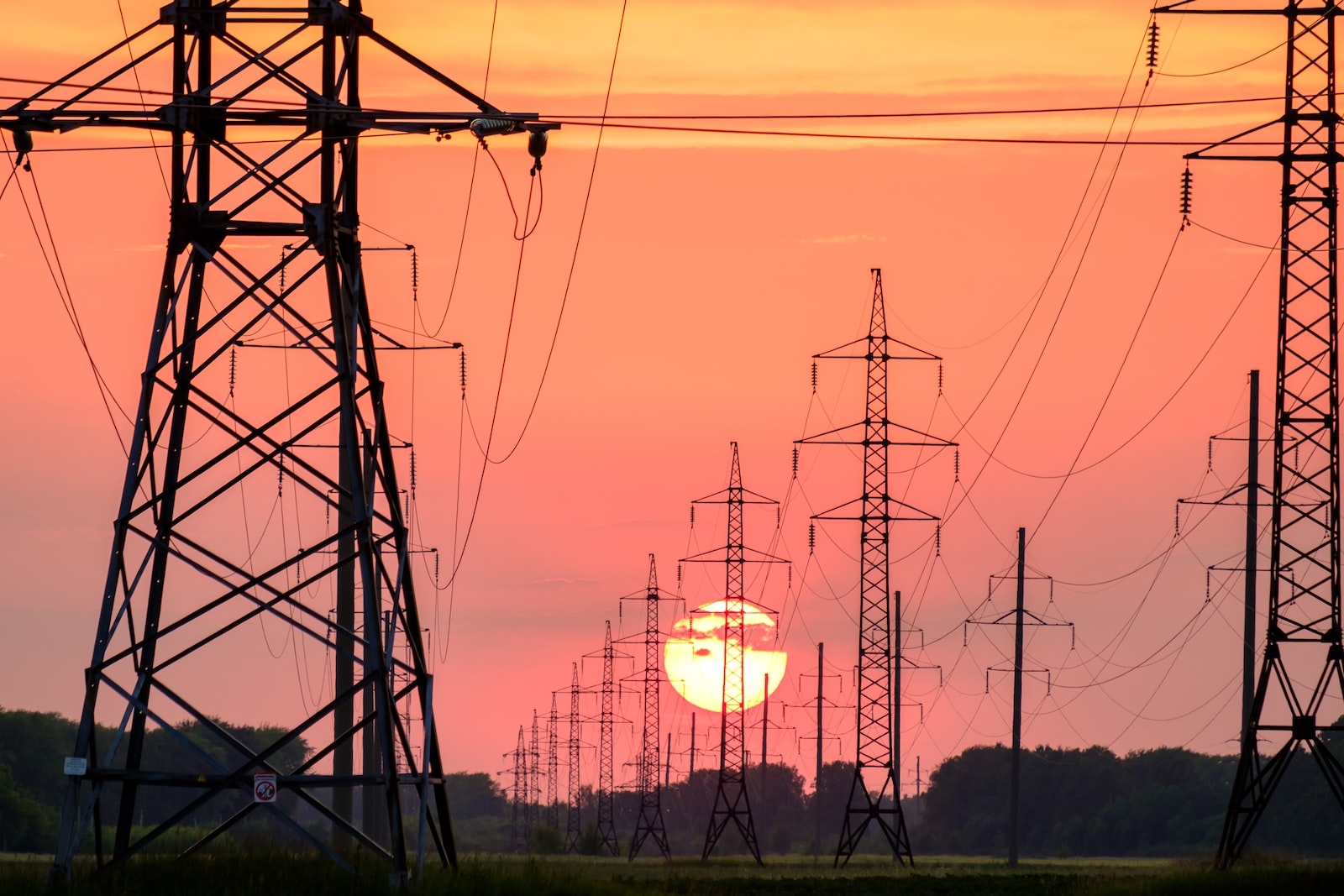Question Number: 171
PDR Number: SQ22-000540
Date Submitted: 21/11/2022
Department or Body: Department of Health
63: The poly A tail is required for mRNA stability and efficient translation. While there is some limited evidence that a longer poly A tail may increase mRNA half-life (available at: https://pubmed.ncbi.nlm.nih.gov/31896558/), several other factors have also been shown to affect the expression and stability of mRNA vaccines including the 5′ cap, 5′-and 3′- untranslated regions and the coding region (https://pubmed.ncbi.nlm.nih.gov/34567201/). See response to Question 16 (SQ22-000525) on vaccine mRNA breakdown. In the human study, available at: (https://pubmed.ncbi.nlm.nih.gov/35148837/), cited by the Senator, in a small number of COVID-infected patients and vaccinated individuals, both the vaccine mRNA and expressed spike protein were detected in the germinal centre of local lymph nodes up to 37 days after vaccination, with very low levels on day 60. However, the study also found that germinal centres were poorly formed with disruption of follicular dendritic cell network (i.e. damaged architecture) in the lymph nodes from severely ill COVID-19 patient LNs when compared with those of vaccinees. mRNA vaccination was associated with follicular hyperplasia with fully developed germinal centre architecture (i.e. normal architecture) and robust induction of B cells and follicular dendritic cells, indicating a positive immune response. The humoral and cellular immune response following intramuscular (IM) administration of COVID-19 mRNA vaccines was investigated in nonclinical studies in animals and in human clinical trials. Data from repeat-dose toxicity studies in animals showed no findings indicative of T-cell depletion (i.e. exhaustion). All vaccines are designed to stimulate the host immune system to defend against infection. There is no evidence of immune system suppression from repeated vaccine doses. For example, there are no reports of immune system suppression from annual seasonal flu vaccination, which has been implemented worldwide for many years. COVID-19 vaccines rely on the spike protein to induce neutralising antibodies against the SARS-CoV-2 virus. Data showed no proliferative changes in tissues (i.e. indicative of hyperplastic or pre-neoplastic lesions) except for hypercellularity of lymphoid tissues, an expected immune response to the vaccine. The literature provides limited evidence of a potential interaction between the tumour suppressor protein (i.e. anti-proliferative), p53, and the spike protein. Preliminary results from an in silico study indicated that the S2 subunit of the spike protein interacts with p53, available at: (www.ncbi.nlm.nih.gov/pmc/articles/PMC7324311/). An in vitro study showed that p53 gene expression was unaffected in human prostate cancer cell line in the presence of SARS-CoV-2 spike protein (available at: https://pubmed.ncbi.nlm.nih.gov/35059896/). Therefore, the limited scientific information available does not indicate that p53 levels are affected by SARS-CoV-2 spike protein.
64: During viral infection, the spike protein in SARS-CoV-2 interacts with the human ACE2 receptor, allowing for viral-host membrane fusion which is followed by the release of viral RNA into the host cell cytoplasm. It is incorrect to assert that the spike protein is a pathogen and, because it is a protein it does not carry viral genetic material. The spike protein serves as an antigen to induce immune responses. Results of biodistribution studies indicated that regardless of the COVID-19 vaccine administered, the spike protein is expected to be mainly expressed at the local injection site, lymph nodes, spleen and liver. As shown in nonclinical studies, the spike protein expressed at distant sites in other organs are relatively short lived (hours to several days). Additionally, animal toxicology studies of the Pfizer and Moderna mRNA vaccines at doses 200-times higher than the human dose on a dose/body weight basis have not raised any safety concerns. The findings in toxicology studies were consistent with inflammation responses (including inflammation at the injection site) and immune stimulation. 65: There is no evidence of an autoimmune response from vaccination with COVID-19 vaccines. In nonclinical studies where three to four doses of the COVID-19 vaccines were administered to animals (where each dose was 200 times on a μg mRNA/kg body weight basis), there was no evidence of any complications as a result of nonspecific activity of the expressed spike protein or autoimmune reactions. No humoral or cell-mediated immune responses against antigenic determinants of the host itself were observed in any of the protection or toxicity studies. Toxicity studies included detailed microscopic evaluation of tissues of the immune system. See also response to Question 233 (SQ22-000604).






























